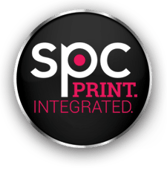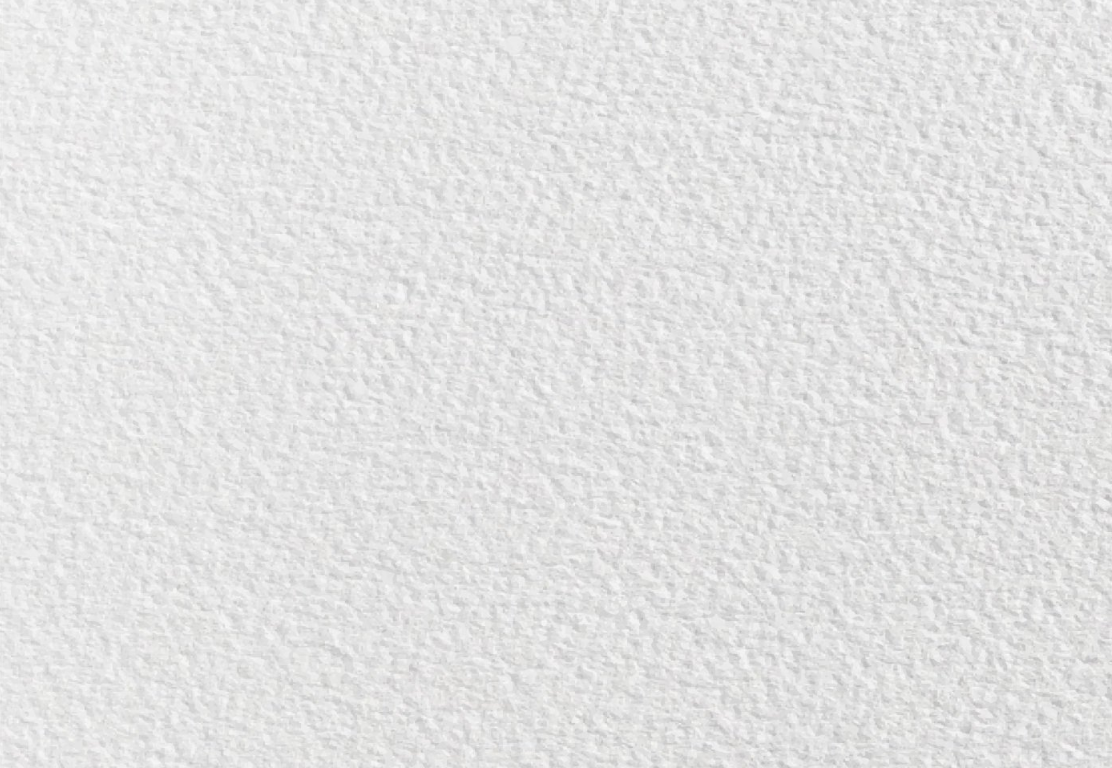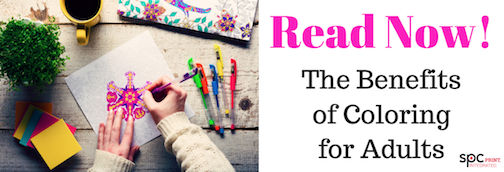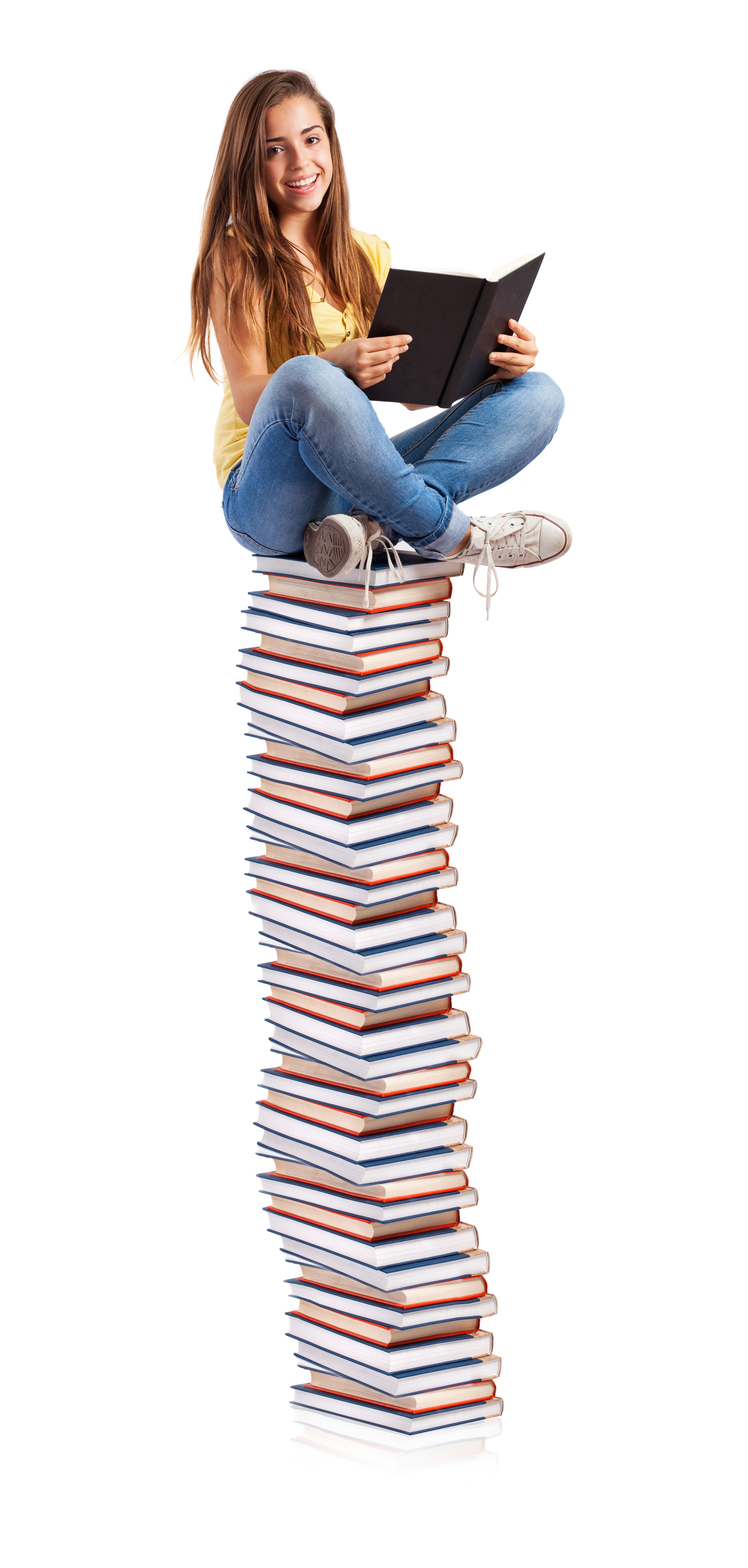Paper is a Design Choice
In the beginning stages of your designing process, you should focus on choosing paper first. Choosing the right paper to use for your promotional material might sound like a no-brainer, but it’s one of the most important details in your design. Though a bit counterintuitive, this decision must be made before you create your design because the paper could be what grabs your audience’s attention, or what tells them to ignore you. For example, direct mail pieces receive a 20% higher response rate when printed on eye-catching colors. But, maybe the design you have in mind won’t work on a bright color, so choose your paper first, then build from there.
A few questions you may want to ask yourself before you start making design choices are:
- What will your final product be? A book? A flyer? A self-mailer?
- How long will this design have to last? If it’s a business card, you need quality material. If it’s a coupon, the product won’t have to last very long.
- What kind of experience do you want for your receiver? Should the piece feel fancy? Maybe solid? Or maybe traditional?
You only have about 4 seconds to make your first impression, when dealing with direct mail. Try to make those 4 seconds count by using textured paper, for example, that will intrigue your target market, no matter how hard they are to impress. Another good example of something you could do to impress your target market could be to use rich, unique, and complementary colors which convey character and value. Either way, you need to understand the differences in paper in order to properly make a design decision.
Read now: The Benefits of Coloring for Adults
Distinguishing papers:
Thickness and weight:
The thickness and weight of the paper are a clear sign of quality. You won’t find high-quality, durable, thick paper in your local library’s public printer, but you might if you check out an old art book on one of their shelves. This is because the requirements of paper, in terms of quality, change for every purpose the paper must serve.
Just as a guideline, you may see paper weight being shown using the # sign. For example, “20#” means “20 pounds per basis ream of 500 sheets.” Also as a guideline, standard paper weight is 20-24#, standard poster paper is 24-28#, and the preferred weight of a business card is 80-100#.
Coated vs Uncoated:
The design choice that will likely affect the overall feeling of your product the most will be whether to use coated or uncoated paper. Coated papers use a china clay or another kind of coating applied to one, or both sides. It can come in a variety of smoothness, such as matte, semi-matte, or sill and gloss. Gloss paper is often used to print images because the glossiness allows for the ink to sit on top of the paper, instead of being absorbed, which allows for brighter colors to show. If your product is going to include a lot of text, you should go with an uncoated paper, which will have a bit more texture.
Opacity:
A paper’s opacity describes what amount of light can be seen through it. A high quality paper will not show much light through it, and a low quality paper will. Opacity is important to keep in mind when printing on both sides of the paper; the more light shines through, the more you will see what is printed on the reverse side.
Always start by defining what your final product will be. Think of what qualities your paper will need to have in order to bring your design to life. Focus on the function and quality you want for your product, and choose your paper wisely. Paper is ever changing and keeps us designers on our feet. Don’t get stuck doing the same old thing, stay creative and take advantage of the advancements made in the paper industry. Lastly, here are a few facts to get you inspired for your next design: color improves readership by as much at 40%, color increases retention by about 18%, color increases the tendency to act by about 26%, and color generates 33% more responses.






Leave a Reply